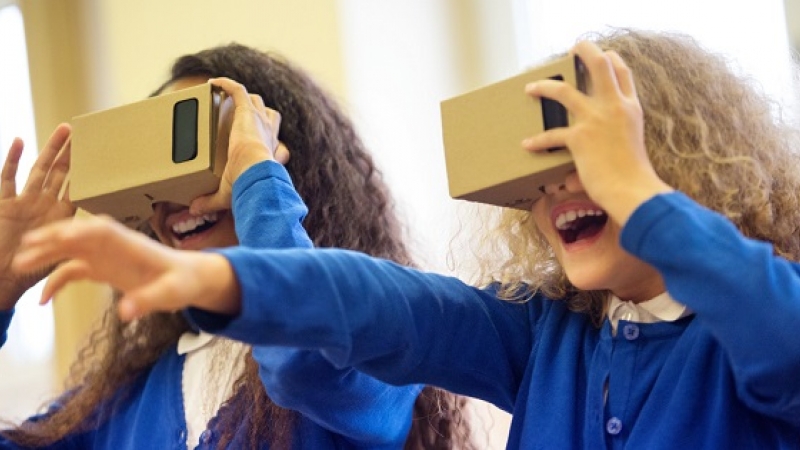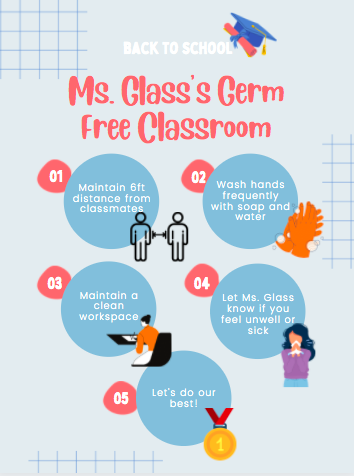Assessment is an integral tool to use in the classroom. Not only do teachers benefit from assessment tools, but students are able to discover if they have successfully retained the information taught in class. This week, we discussed two main types of assessment; summative and formative.
Summative assessment is used to evaluate learning after the instructional unit is complete and the assessment scores are compared to a standard or bench mark. Examples of summative assessments include final exams in the form of multiple choice questions. As discussed in class, the downside of summative assessment is that is fails to provide the learner and teacher feedback regarding the learning process.
Meanwhile, the goal of formative assessment is to capture the learning process of students through evaluation. Examples of formative assessments in the classroom include, informal questions, one minute papers. Thus, giving students the ability to practice knowledge without the pressure of grades.
Although I believe that choosing assessment that is relevant and authentic to the learning material is important, it is equally important to be aware of some the implications of assessment in the school system. In a world that is rapidly changing, assessment tools used in the classroom nowadays are vastly outdated. Here is a TED talk discussing some of the major implications of this.

